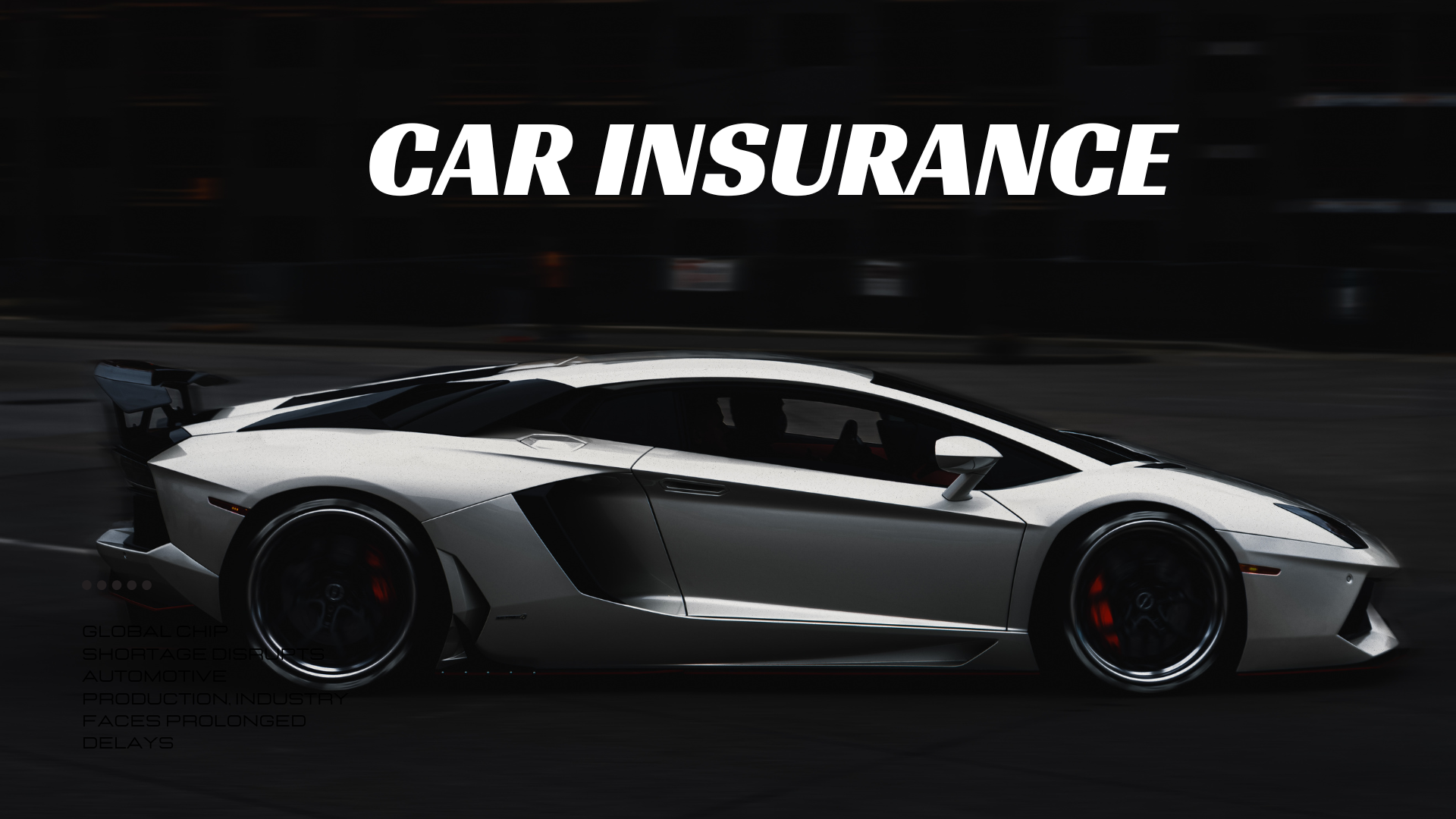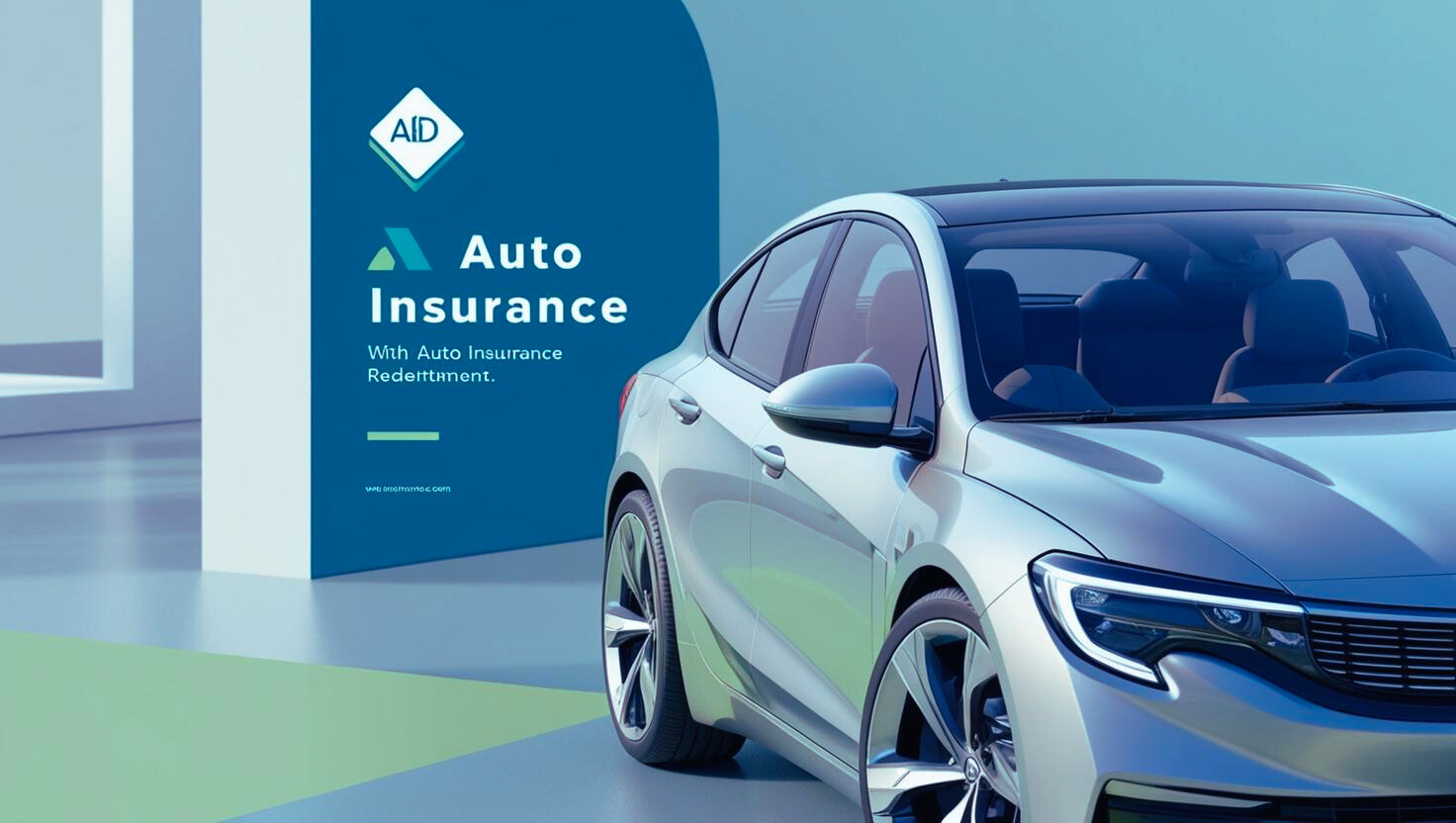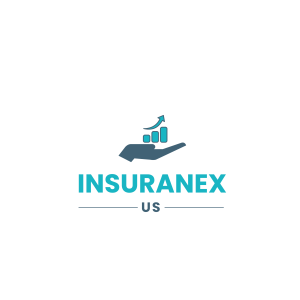Recently, I’ve noticed how the cost of cheap car insurance in the United States is rising—not just by a few dollars more, but in some cases by hundreds. Whether you’re a new driver or someone like me who’s been driving for years, finding affordable car insurance is more important than ever. But here’s the thing: saving money doesn’t have to mean compromising on coverage. I’ve learned that the key is to strike the right balance—protecting yourself without breaking the bank.
In this guide, I’ll tell you what’s driving up rates in 2025, how to compare plans wisely, and the real tips I’ve personally used to lower my premiums. We’ll also look at the best companies for budget-friendly options and what coverage you actually need—no fluff, just what works.
Source:
Understanding Car Insurance Basics

When I first bought car insurance, I was really confused by all the terms and conditions. Over time, I learned the basics, and it made a big difference – both in terms of cost and peace of mind.
Here’s what I’ve come to understand:
- Liability coverage is the most basic. It pays for damage or injuries you cause to others. In most states, this is required by law.
- Collision coverage helps fix your own car if you hit another vehicle or object, like a pole or guardrail.
- Comprehensive coverage protects you from non-collision damage—like theft, fire, hail, or a deer running into your car (yes, it happened to me once in Pennsylvania).
Now, when people talk about cheap car insurance, they usually mean lower monthly payments. But cheaper doesn’t always mean better. You might save money up front, but you’ll end up paying more later if your coverage isn’t enough when you need it.
I always tell my friends to read the policy details carefully. Skipping them could mean less insurance – and that’s a costly mistake.
Helpful Source:
- Insurance Information Institute – Auto Insurance Basics
- National Association of Insurance Commissioners
Is Car Insurance Mandatory in the USA?
Yes, car insurance is legally mandatory in almost all states in the United States. I remember when I moved from Florida to Ohio – it was one of the first things I had to update. Each state has its own rules, but almost all require at least liability insurance, which covers you for damage or injury to others.
However, there are two exceptions worth knowing:
- New Hampshire doesn’t require you to buy car insurance, but that doesn’t mean you’re off the hook. If you cause an accident, you’re still financially responsible. Most drivers there still carry insurance to avoid huge out-of-pocket costs.
- Virginia allows you to drive without insurance—but only if you pay an Uninsured Motor Vehicle Fee (around $500 in 2025). But here’s the risk: that fee gives you no coverage at all. You’ll be fully responsible if anything happens.
In states that require insurance, driving without insurance can have serious consequences. Fines, license suspensions, vehicle impoundment, and even jail time in some places. And if you get into an accident without coverage, the financial burden can be overwhelming, I think.
From experience, I can say – it’s not worth the risk. Having the right coverage not only keeps you legal but also secures your future.
Sources:
- Insurance Information Institute – State Requirements
- National Association of Insurance Commissioners (NAIC)
- Virginia DMV – Insurance Requirements
Factors Influencing Car Insurance Rates
When I first started driving, I was shocked by the amount of my car insurance premiums. Over time, I realized it wasn’t just about my car — it was about me, where I lived, and even my credit score. Here’s what I learned about what will affect your rates in 2025:
- Age: Younger drivers—especially teens—often pay more because they’re seen as higher risk. I saw my rate drop after I turned 25, which felt like a reward for growing up!
- Driving history: Accidents, tickets, or DUIs can cause your rates to skyrocket. A clean driving record, on the other hand, usually leads to lower premiums. I once avoided a rate hike simply because I took a defensive driving course after a minor fender-bender.
- Vehicle type: Sports cars or luxury models usually cost more to insure due to higher repair costs. On the flip side, I saved money when I switched to a midsize sedan with high safety ratings.
- Location: Where you live matters. City drivers often pay more due to higher accident and theft rates. If you move to a quieter suburb, you might notice a drop in your premium.
- Credit score: In many states, insurers use credit to predict risk. A better score can mean better rates. I worked on paying down my credit cards and saw a noticeable improvement.
Tips to lower your rate:
- Drive safely
- Maintain good credit
- Shop around once a year
- Bundle with home or renters insurance
Sources:
- Insurance Information Institute
- Consumer Financial Protection Bureau
- National Association of Insurance Commissioners
How to Obtain Cheap Car Insurance Quotes
Finding a good deal on car insurance isn’t just a matter of luck—it’s a matter of comparing smartly. I learned this the hard way when I blindly stuck with the same insurance company for years, thinking loyalty would mean lower rates. Turns out, it doesn’t always work that way.
To find cheap car insurance, start by comparing quotes from at least 3-5 insurance companies. Each company uses its own formula to calculate rates, so the same driver can get very different deals. What’s helped me the most is using trusted platforms like The Zebra, NerdWallet, and PolicyGenius. These tools let you compare quotes in just a few minutes. It’s fast, free, and doesn’t affect your credit.
The best time to buy new insurance is before your current policy renews, or when there’s a major change in your life—like moving, getting married, or improving your credit score. I’ve personally saved over $300 a year by checking my options right before renewal.
Also, be sure to look for discounts like safe drivers, home and auto bundling, and even low mileage programs.
A little time now could save you hundreds, or even more.
Sources:
- The Zebra – Compare Auto Insurance
- Consumer Reports – Car Insurance Tips 2025
- Policygenius – Auto Insurance Guide
Exploring First-Party Car Insurance Prices in the USA
First-party car insurance refers to coverage that protects you—not the other driver. It typically includes collision, comprehensive, medical coverage, and personal injury protection (PIP). When I had an accident on a rainy night in Georgia, my first-party coverage saved me thousands in repair costs and medical bills—not having to rely on the other driver’s insurance.
As of 2025, the average annual cost of first-party coverage varies by state. For example, in Michigan, where PIP is required, full coverage can cost more than $2,500 a year. In Ohio or Maine, the same coverage can cost less than $1,200. States with high traffic, theft rates, or severe weather are more expensive.
This type of insurance is especially helpful if:
- You drive a newer or valuable car
- You live in a high-risk area (storms, theft, or heavy traffic)
- You want fast, direct help after an accident, without waiting for another driver’s insurance to cooperate
Yes, it costs more than minimum coverage—but in the long run, it offers peace of mind that’s hard to put a price on.
Sources:
- Insurance Information Institute
- National Association of Insurance Commissioners (NAIC)
- Forbes Advisor – Average Car Insurance Rates by State (2025)
Very Cheap Car Insurance with No Deposit: Is It Real?

The phrase “car insurance with no deposit” is undoubtedly attractive, especially when you want to save some money in advance. But when I needed a policy of my own, I learned after digging deeper that “no deposit” doesn’t always mean what it seems.
To be honest, all car insurance policies in the United States require some kind of down payment to start coverage. What some companies call “no deposit” usually refers to monthly payments without paying the full premium upfront. Instead of a large down payment, you pay the first month’s premium and continue in monthly installments. It’s a helpful option, but it’s not free.
However, there are risks to consider. These policies often come with high monthly rates or strict cancellation terms. If you miss a payment, your policy can quickly be canceled, leaving you uninsured and facing legal trouble,something I almost faced during a difficult financial month in 2023.
If you’re looking for low upfront costs, try these alternatives:
- Usage-based insurance like Root or Metromile
- Pay-per-mile plans if you don’t drive often
- Discount programs for students, safe drivers, or bundling with renters/home insurance
Always read the fine print before signing. Sometimes, a slightly higher deposit saves more in the long run.
Sources:
- Insurance Information Institute – Payment Options
- NerdWallet – No Deposit Car Insurance Explained (2025)
- Forbes Advisor – Low Down Payment Auto Insurance
Tips to Lower Your Car Insurance Premiums
When I bought my first car, I had no idea how much car insurance could cost. But over the years, I’ve learned a few smart ways to lower my premium—and I’m happy to share them with you.
- Bundle and Save: One of the easiest ways to cut costs is by bundling your car insurance with other policies like renters or homeowners insurance. Many insurers, like State Farm, Progressive, and GEICO, offer multi-policy discounts that can save you up to 25% or more.
- Increase Your Deductible: If you’re a careful driver, raising your deductible can reduce your monthly premium. Just make sure you have enough savings to cover it in case of an accident.
- Maintain a Clean Record: Insurers love safe drivers. If you avoid accidents and traffic violations, your rates will reflect that. Some companies even offer “safe driver discounts” after just three years of clean driving.
- Take Advantage of Discounts:
- Students with good grades can get discounts with most major providers.
- Veterans and military families often qualify for lower rates through USAA and other insurers.
- Enroll in driver safety courses—some carriers give up to 10% off just for completing one.
- Review Your Policy Every Year: I used to ignore this, but after a yearly review, I realized I was overpaying. Life changes—like moving, driving less, or improving your credit—can qualify you for better rates. Tools like The Zebra and Compare.com help you explore new offers without much hassle.
Final Tip: Always ask your insurer what discounts you qualify for. Sometimes all it takes is asking.
Sources:
- Insurance Information Institute – Cost-Saving Tips
- Forbes Advisor – Best Car Insurance Discounts 2025
- NerdWallet – How to Lower Your Car Insurance Premium
Common Mistakes to Avoid When Seeking Cheap Car Insurance
I remember when I first started looking for cheap car insurance—I was focused on saving money, and I almost made some expensive mistakes. If you’re in the same boat, let me help you avoid the most common pitfalls.
- Not having insurance to save a little money:
It may be smart to opt for the bare minimum coverage, but if you’re ever in a serious accident, it could cost you thousands out of pocket. I’ve seen friends regret buying comprehensive or collision coverage just to save a little bit each month. The short-term savings aren’t worth the long-term risk.
- Skipping the fine print:
Many people overlook policy details—like exclusions or coverage limits. A neighbor might find out after an accident that his cheap policy doesn’t include rental coverage. Always read and ask questions before you buy.
- Choosing an obscure or unknown insurance provider:
There are plenty of low-cost providers online, but not all are trustworthy. A.M. Best or J.D. Stick with insurance companies that are well-rated by Power and have strong customer service reviews. Part of your payment is peace of mind.
Sources:
- National Association of Insurance Commissioners (NAIC)
- Consumer Reports – Car Insurance Buying Guide
- Forbes – Best Car Insurance Companies 2025
Conclusion: Making Informed Decisions on Car Insurance
Choosing the right car insurance isn’t just about finding the lowest price – it’s also about protecting yourself and your loved ones. We’ve explored how factors like your age, driving record, and even your zip code affect your rates, and how to spot common pitfalls like being underinsured or avoiding the fine print.
Before you buy, take the time to understand what coverage is best for your life. Your needs are unique – so should your policy.
I always recommend comparing quotes from trusted providers. Start now, and find a plan that offers both peace of mind and value. Your future self will thank you.

